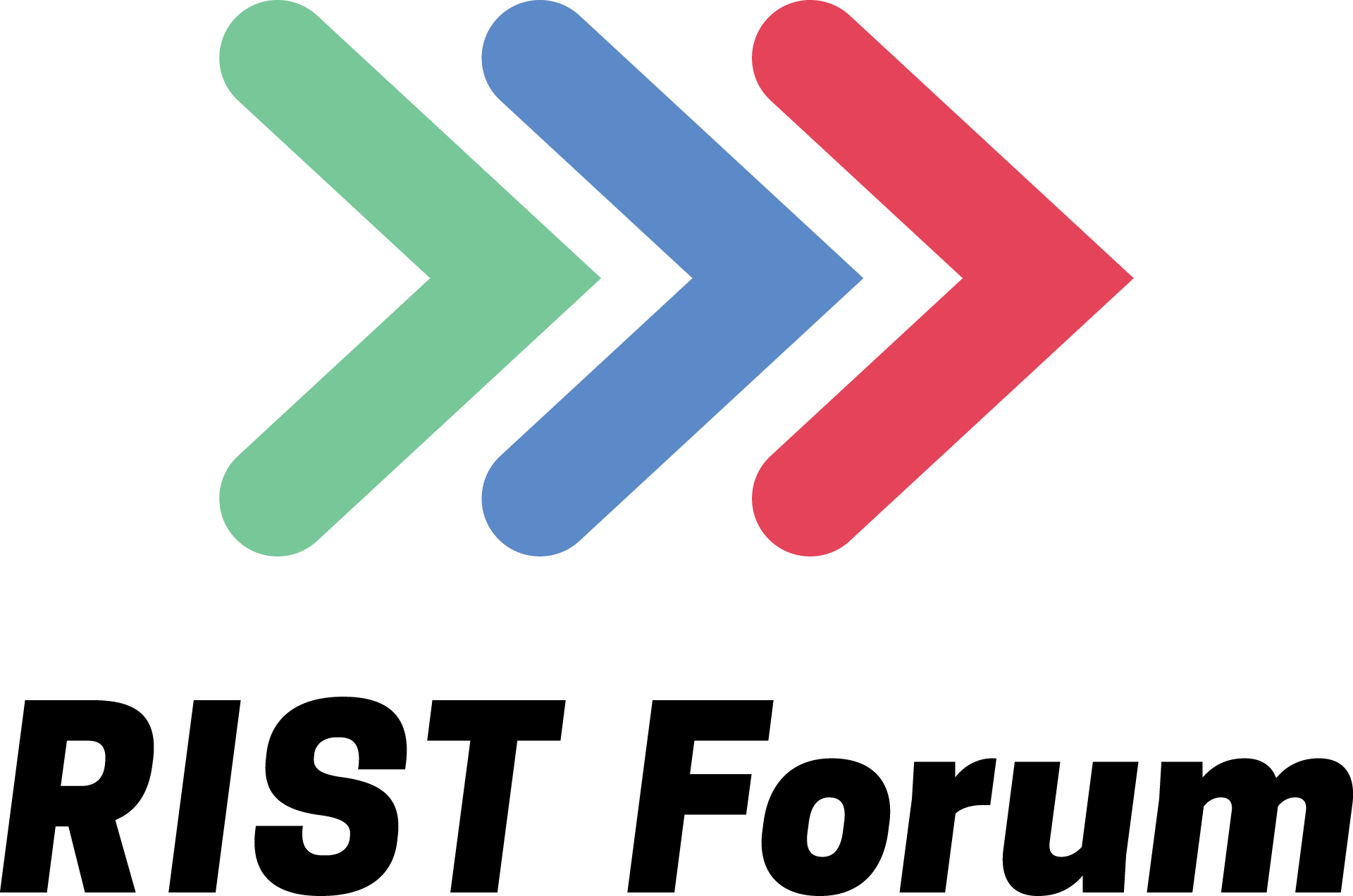Meet Our Members: Evertz
The Reliable Internet Stream Transport (RIST) Forum was founded in 2017 and now has over 270 members, all experts in their fields, on a mission to combine interoperability and innovation. So, who are our members, why are they members and what is their involvement with RIST?
In the first blog in our ‘Meet our Members’ series we talk to Vice President, Advanced Product Development Eric Fankhauser from Evertz, one of the original members when the RIST Forum was founded in 2017. Eric also shares his observations on the latest challenges facing the broadcast industry and the importance of initiatives such as RIST to meet its evolution.
Can you tell us who Evertz is and a little bit about what they do?
Evertz is a leading global manufacturer of complete end-to-end solutions for media companies for content creation, connection, and capitalization. For content creators, Evertz has a portfolio of tools that capture / acquire content remotely from any location using public Internet or 5G networks. Creators use Evertz virtualized production tools to produce live events with video / audio mixing, graphics, replays, and clips to connect these stories and content to large scale audiences over traditionally linear channels, across free ad-supported stream TV (FAST) channels, direct-to-consumer (D2C) or OTT platforms.
As one of the original members when the RIST Forum was founded in 2017, why did you choose to become a member at its infancy?
Evertz had been undertaking contribution video and audio over the WAN and public Internet for years prior to the RIST Forum being formed. With technology (like 5G) becoming more available, the use of public network became more of an option for media transport, and with it the appearance of vendor-initiated technology to transport video and audio securely over the public Internet. Evertz joined the RIST Forum as there became an increasing call for a standardizing media transport over the Internet (for interoperability) from both vendors and end customers. The RIST Forum was a great opportunity to bring vendors and end customers together and come up with an open standard that would promote interoperability.
What is your involvement with RIST?
Evertz develops and delivers both hardware and software solutions for the media and entertainment industry. We incorporate support for RIST across several hardware products, including XPS series. We have also developed software-based applications / products that can be installed on customer provided COTS hardware or on public cloud service providers.
What is the one major trend /change the broadcast industry is facing now?
The major trend / change the broadcast industry is facing now is the creation of more content and delivering it to an increasing number of platforms. The cost of addressing this challenge is a major concern for the broadcasting industry. This obsession to create and deliver has itself fuelled the development of cloud-based services that require a reliable way to transport data over the public Internet. This is where RIST can help bridge the transport of video and audio from on-premises hardware to cloud-based services, certainly in recognition of the hybrid approach, which we are seeing more of to make production and playout workflows more efficient.
How do you think the broadcast industry will look in the next 5-10 years?
Virtualized (cloud-based) media ingest, processing, editing, branding, storage, and playout for both live and non-live content will be the norm. AI will be employed wherever possible in these functions to automate and lower costs. This will affect what media facilities look like and the functions they house on-prem vs in the cloud. Content creation will be where the value is, but the editing, storage, packaging, and distribution of this content is where costs will be wrung out. Traditional content and broadcast acquisition/distribution will also be significantly internet-based vs OTA or over satellite.
In your opinion, how will RIST-enabled products develop to meet this evolution?
RIST-enabled products will support virtualization and connectivity between ground and cloud. RIST-enabled products will also enhance the movement from traditional OTA and satellite transmission to Internet based acquisition and distribution.
Why is it important for the future of the broadcast industry to provide collaborative, industry initiative such as RIST?
Collaborative, industry initiatives from all parties (vendors and end-users) such as RIST are essential to foster industry acceptance, adoption and utilization of new technology and practices. The speed at which these new technologies and practices are adopted is a significant factor in the pace of industry evolution. Faster adoption, faster evolution.
